Sponsored Post by Tamayouz Excellence Award
The Tamayouz Excellence Award highlights 7 winning student projects from 2019!
By Sponsor|
Monday, May 4, 2020

Related
Tamayouz Excellence Award is an international awards programme that champions architecture by celebrating projects, individuals and institutions. With seven awards that make up its programme, four are project based, including its two graduation project awards for international and Iraqi students, as well as its two thematic competitions, the Rifat Chadirji Prize and the Dewan Award for Architecture.
In 2019, Tamayouz received 908 submissions, representing 64 countries and 171 universities across its seven awards. The winning students for both student awards truly represented the state of architectural education on a global level, with winners from The Netherlands, Italy, Singapore, Jordan, Saudi Arabia and Iraq. In both categories, there was also a prevailing approach to tackling local and international challenges through holistic and contextually informed solutions.
The following is a roundup of seven winning student projects from 2019 (taken from both the International Graduation Projects Award and the Iraqi Graduation Projects Award), providing an in-depth overview of the excellent work produced last year.
Despite the challenges presented by the ongoing Covid-19 outbreak, Tamayouz’s 2020 cycle is set to continue and readers can register for this year's cycle here.
International Graduation Projects Award 2019
Tamayouz’s International Graduation Projects Award is the world’s largest international award for architecture graduation projects. Each year, it invites students of architecture, urban design, planning and landscape design to submit their graduation projects. To register for the 2020 cycle of the International Graduation Projects Award, click here.
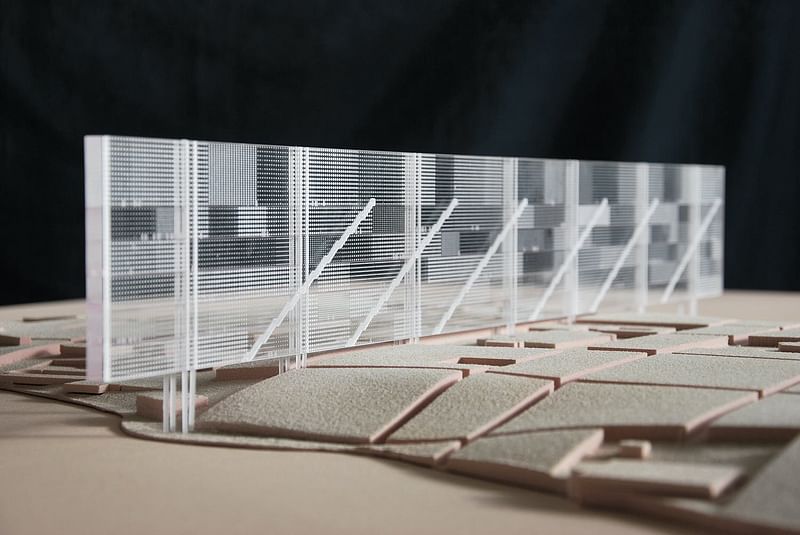
First place – Lesia Topolnyk from Amsterdam Academy of Architecture, supervised by Floris Alkemade
- In Lesia Topolnyk’s project, ‘Un-United Nations Headquarters’, the architect examined new opportunities emerging within the interlocking realms of politics and architecture. The author explores the role of architecture in absorbing conflict and fostering its fruitfulness within a divided society. The project transforms the Sevastopol naval base into a trade port, positioning Crimea as a gateway to Ukraine and Russia.
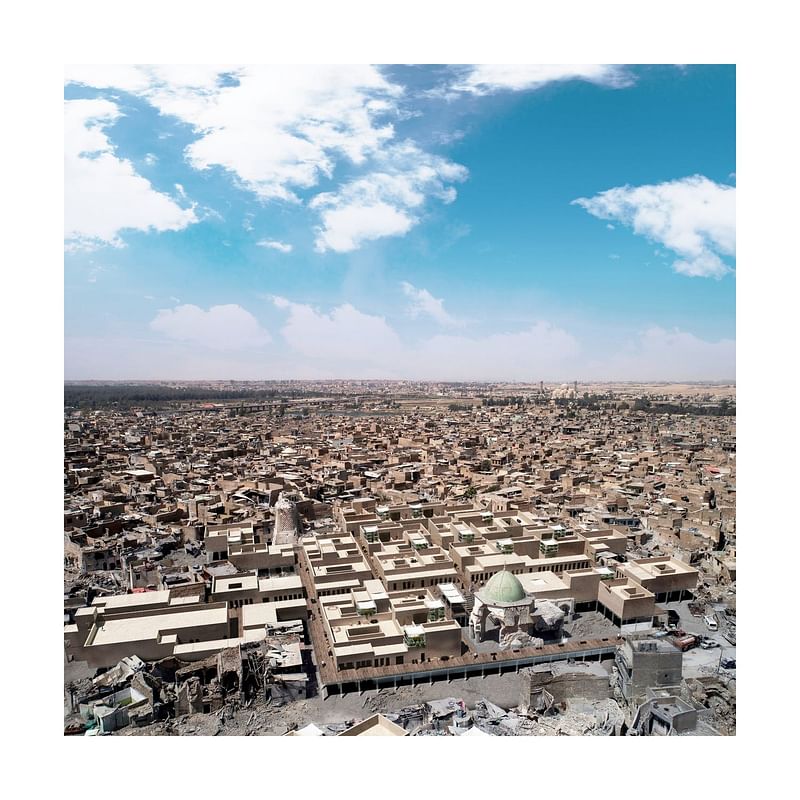
Second place – Jacopo Donato and Caterina Giacomello from Polytechnic of Turin and University of Turin, supervised by Marco Trisciuoglio and Fabio Armao
- In their ‘Building Peace in Mosul’, the architects aim to create a project that acts as a driving force for sustainable peace through the act of inserting the population directly into the city. The project replaces camps with temporary, self-sufficient cells that can be inhabited. The intention of the project is to not only offer an initial emergency solution that alleviates the wounds of the inhabitants of Mosul and provides a comfortable space to await the reconstruction of the city, but also stimulate the process of realisation and empowerment.

Third place – Bryant Lau Liang Cheng from the National University of Singapore, supervised by Dr Cho Im Sik
- In Bryant Lau Liang Cheng’s ‘Mixed-Used Prototypical Housing Skyscraper’, an attempt to redefine the notion of vertical living and the use of the skyscraper as a social apparatus is proposed. The architect sets forth an architecture that allows all residents to partake in not just the design of their own units, but also the programmes within the building.
Read about the other finalists’ projects here.
Iraqi Graduation Projects Award 2019 The Iraqi Graduation Projects Award is Tamayouz’s longest running award – it aims to support and recognise excellence in architectural design and education among Iraq’s universities, students and academics. To register for the Iraqi Graduation Projects Award 2020, click here.

First place – Saad Raad Algburi from Al Nahrain University
- Saad Raad Algburi’s ‘Interactive Architectural Center’ aims to establish an educational centre that specialises in portraying architecture as a link, with a focus on bridge building between the community, architects and students of architecture. The centre intends to make information about Iraqi architecture, as well as international architecture, accessible to the public with the hopes of educating it on the role of architecture in the development of civilisation.
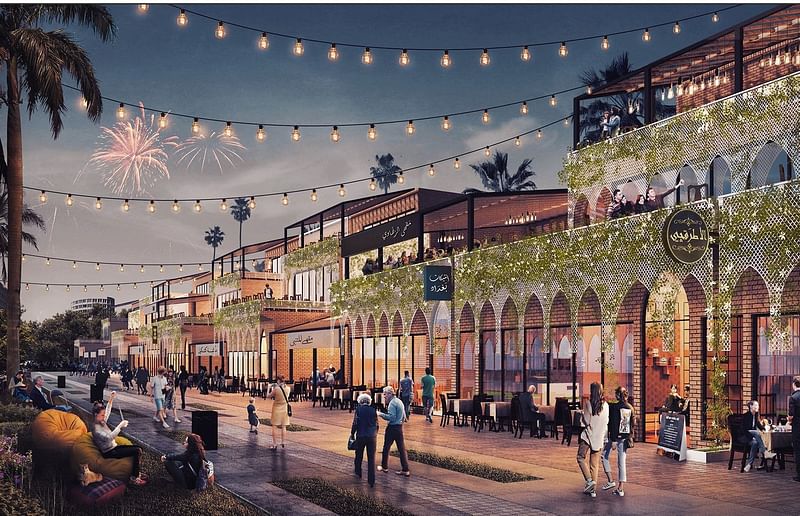
Second place (joint winner) – Mustafa Jamal Hussein from Uruk University
- In Mustafa Jamal Hussein’s ‘Restoration of Al-Bab Al-Wastani Area’, the architect proposes an architectural solution to the revival of Al-Wastani Gate, an important element in Baghdad’s history that dates back to the Abbasid era. One of the few remaining gates of the outer wall that used to surround the city, the gate protects the cemetery of Shaikh Omar Al-Sahrawardi. The project’s design language and its materials are inspired by and sourced directly from the site.
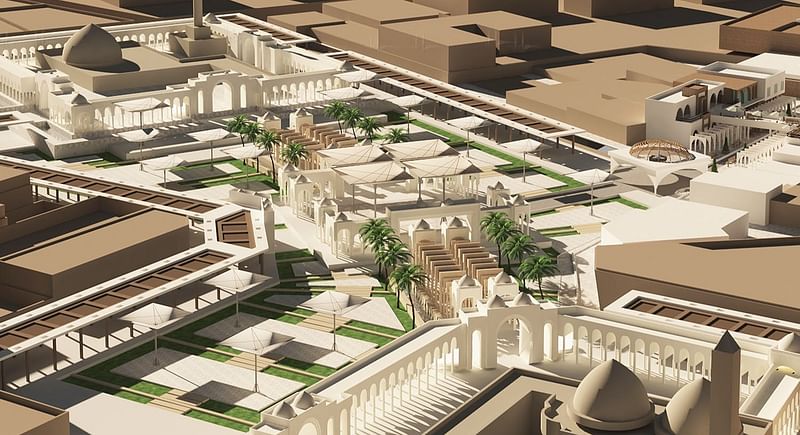
Second place (joint winner) – Sarah Abdulsattar Alsaady from University of Baghdad
- In ‘Renewal of Dawasa Street in Mosul’, architect Sarah Abdulsattar Alsaady proposes the revival of a former cultural avenue that was originally known for its libraries, cinemas and museums, as well as its spaces for religious worship. While its identity experienced different phases, from turning into a commercially-driven hospitality district to being a mainstay for Isis, Dawasa Street remains a cultural emblem that deserves rebirth, according to Alsaady, whose project outlines a strategy.

Third place – Mustafa Aziz Al-Abade from Mosul University
- Mustafa Aziz Al-Abade’s cultural project aims to salvage the remaining archaeologically and historically valuable monuments scattered across the city of Mosul, and their surrounding areas. Vulnerable to the threat of neglect or destruction, the listed monuments include Nergal Gate, Qara Sarai and the Old City. Al-Abade’s project hopes to rehabilitate the sites and houses located around the structures by reflecting the Mosul architectural language and sourcing local materials.
Read about the other finalists’ projects here.







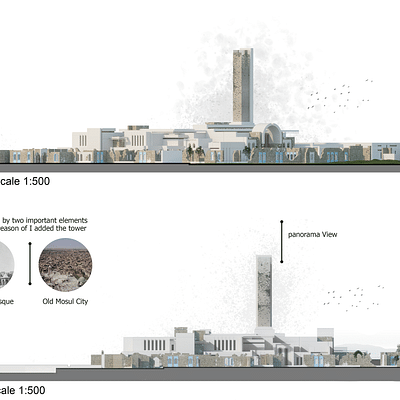

Share
0 Comments
Comment as :